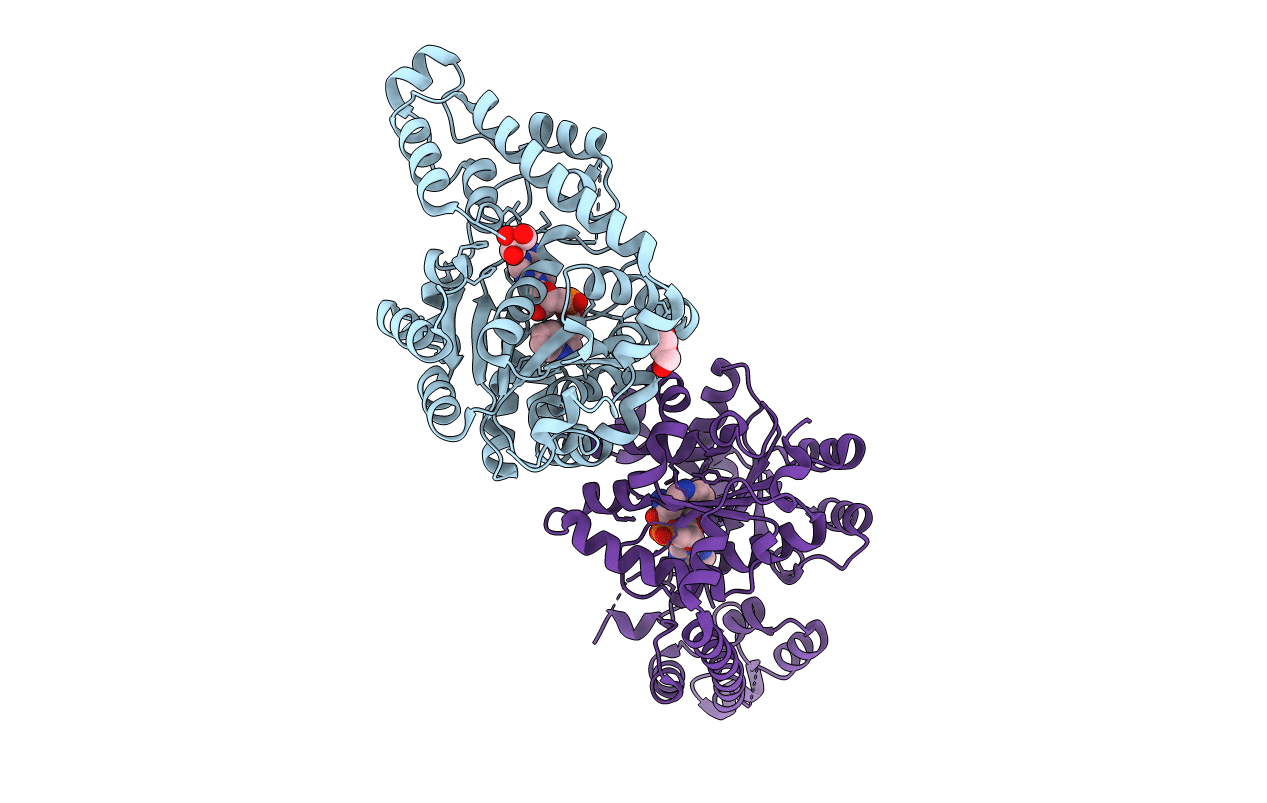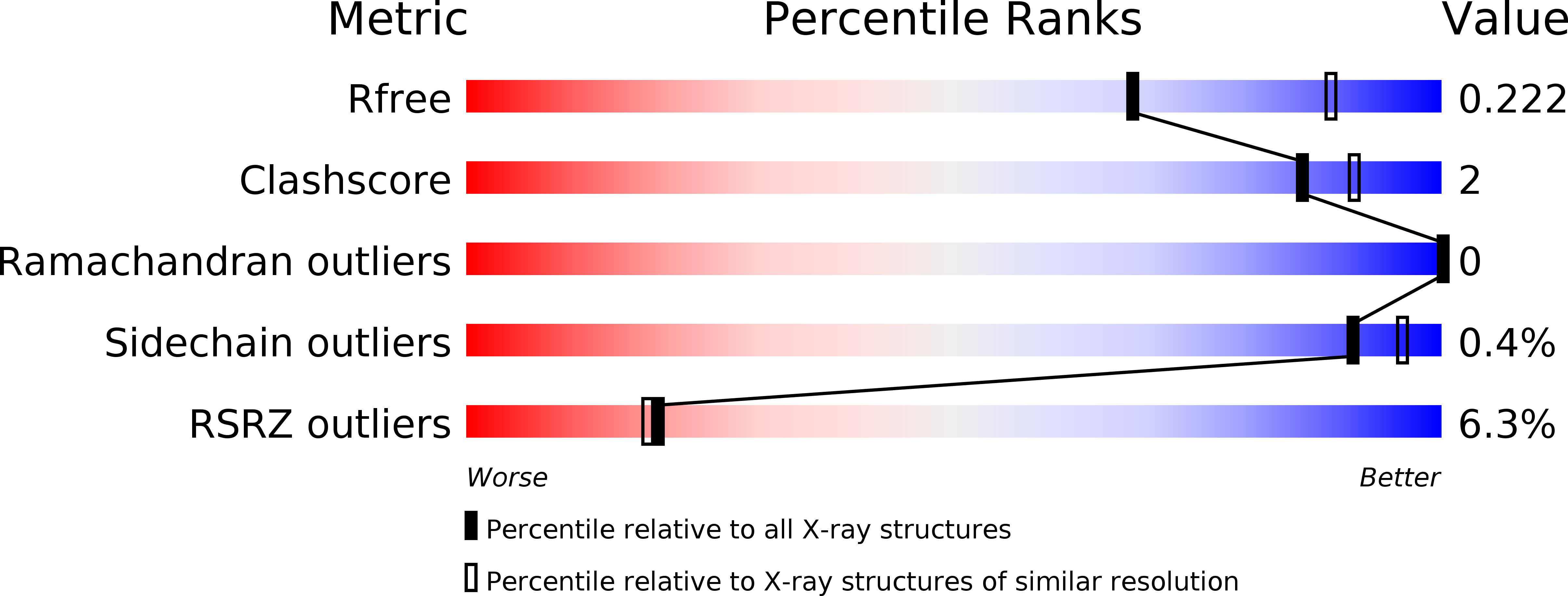
Deposition Date
2013-02-12
Release Date
2013-05-22
Last Version Date
2023-09-20
Entry Detail
Biological Source:
Source Organism:
Plasmodium falciparum (Taxon ID: 36329)
Host Organism:
Method Details:
Experimental Method:
Resolution:
2.40 Å
R-Value Free:
0.22
R-Value Work:
0.19
R-Value Observed:
0.19
Space Group:
P 21 21 2


